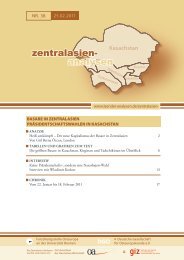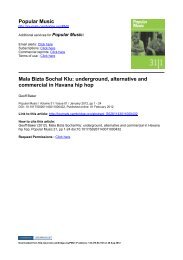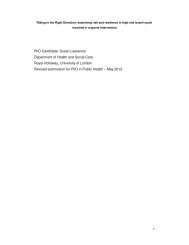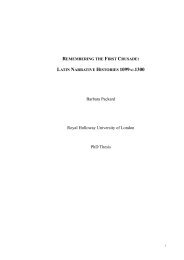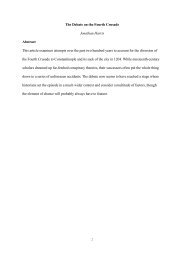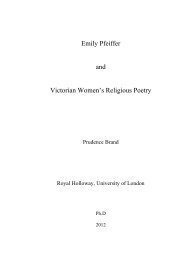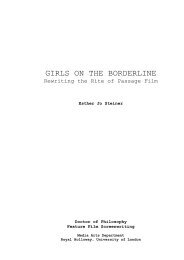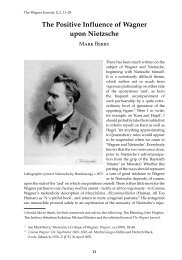Dynamic Capabilities: A Review and Research Agenda
Dynamic Capabilities: A Review and Research Agenda
Dynamic Capabilities: A Review and Research Agenda
Create successful ePaper yourself
Turn your PDF publications into a flip-book with our unique Google optimized e-Paper software.
factors of dynamic capabilities can guide the development of actionable prescriptions<br />
(Eccles <strong>and</strong> Nohria 1992; Mosakowski 1998) or practical tools <strong>and</strong> techniques for<br />
managers to utilise for the purpose of improved performance (Priem <strong>and</strong> Butler 2001a,<br />
b).<br />
In summary, the emergence of dynamic capabilities has enhanced the RBV by<br />
addressing the evolutionary nature of firm resources <strong>and</strong> capabilities in relation to<br />
environmental changes <strong>and</strong> enabling identification of firm- or industry-specific<br />
processes that are critical to firm evolution. However, based on the above literature<br />
review, a few questions remain to be answered: How are dynamic capabilities<br />
distinguished from resources, processes <strong>and</strong> capabilities? What are the commonalities<br />
of dynamic capabilities across firms? What are the relationships between dynamic<br />
capabilities <strong>and</strong> other organisational variables, particularly firm strategy <strong>and</strong> firm<br />
performance? We aim to answer these questions below.<br />
<strong>Dynamic</strong> <strong>Capabilities</strong>: The Concept <strong>and</strong> the Component Factors<br />
We define dynamic capabilities as a firm’s behavioural orientation to constantly<br />
integrate, reconfigure, renew <strong>and</strong> recreate its resources <strong>and</strong> capabilities, <strong>and</strong> most<br />
importantly, upgrade <strong>and</strong> reconstruct its core capabilities in response to the changing<br />
environment to attain <strong>and</strong> sustain competitive advantage. By this definition, we first<br />
argue that dynamic capabilities are not simply processes, but embedded in processes.<br />
Processes are often explicit or codifiable structuring <strong>and</strong> combination of resources <strong>and</strong><br />
thus can be transferred more easily within the firm or across firms. <strong>Capabilities</strong> refer to<br />
a firm’s capacity to deploy resources, usually in combination, <strong>and</strong> encapsulate both<br />
explicit processes <strong>and</strong> those tacit elements (such as know-how <strong>and</strong> leadership)<br />
10




